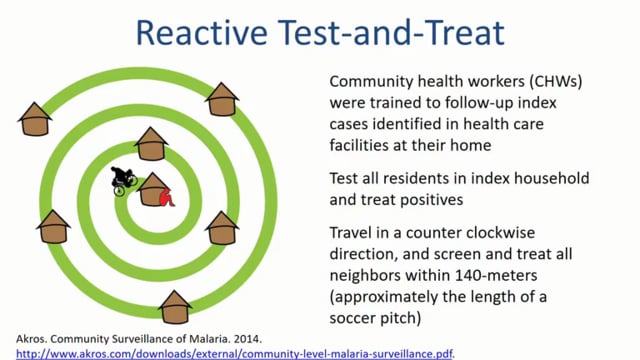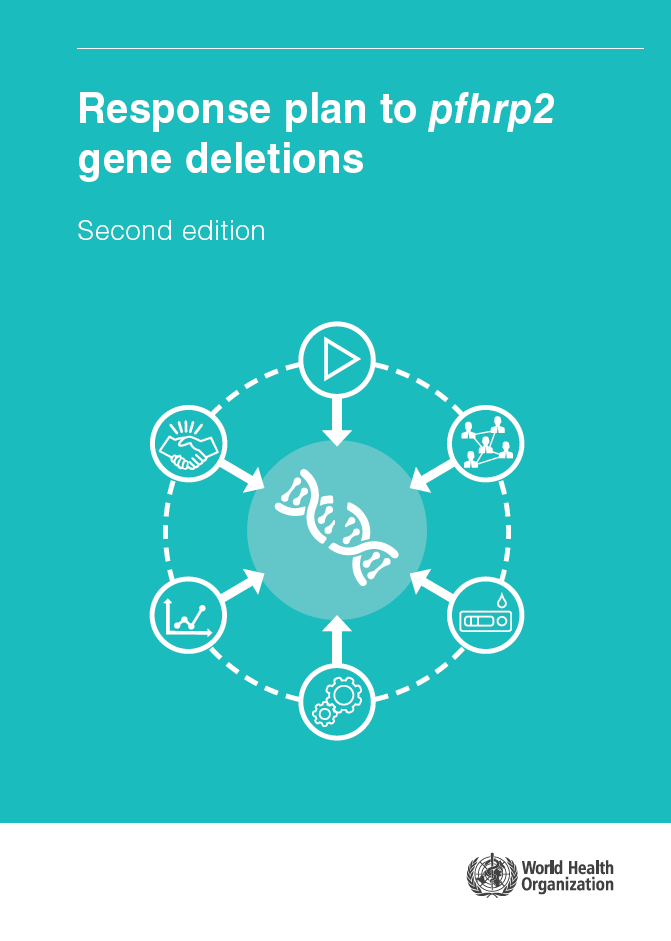Last Updated: 04/10/2024
Malaria molecular surveillance in South America
Objectives
To use genetic methods to understand how malaria is being transmitted in Guyana and Colombia, including closely monitoring the potential spread of drug resistance in the region.
- AIM 1: Genetic surveillance to track drug resistance and spatial movement of parasites.
- AIM 2: Integrated genomic surveillance of mosquito vectors.
- AIM 3: Integrated risk maps and assessment of malaria.
Harvard T.H. Chan School of Public Health (HSPH), United States
Effective malaria control and elimination in South America is threatened by both the resurgence of cases in Venezuela and the resulting spread of Plasmodium falciparum parasites to neighboring countries with the migration of refugees, as well as the potential threat of drug resistance in Guyana, where new genomic data show the de novo emergence and persistence of the C580Y kelch13 variant previously associated with delayed parasite clearance following artemisinin treatment in Southeast Asia. We propose to establish molecular surveillance in Guyana and Colombia using genomic epidemiological methods to develop detailed situational awareness of malaria in these countries and to examine how parasite importation from Venezuela is impacting malaria epidemiology – especially in vulnerable mining communities. We also propose to collect data on vector prevalence and connectivity of human populations, to produce an integrated risk map of transmission and resistance in the context of gold mining activities. We believe that this region is in an analogous position to that of Southeast Asia a decade ago with respect to drug resistance: monitoring and containment of parasite genetic variants associated with resistance to artemisinin and key partner drugs is therefore an urgent priority. Further, effective molecular surveillance platforms will allow for effective prioritization of resources in the face of increasing imported cases.
Design: Continuous clinical parasite sampling at malaria clinics via passive case detection. Mosquito surveillance on a quarterly basis.
Methodology: Amplicon-based Illumina sequencing of informative regions of parasite and vector genomes. Relatedness-based analyses to inform population connectivity. Molecular barcoding for mosquito species identification
Anticipated Outcomes:
- Establishment of a molecular surveillance network for malaria parasites and mosquito vectors in Guyana and Colombia, including development of the capacity for generating and interpreting molecular data in each country.
- Mapping of the spatial distribution of malaria parasite and vector populations across northern South America, as well as the prevalence of genetic variants associated with drug resistance and insecticide resistance.
- Integrated malaria risk maps for the region that incorporate data on human movement, mining patterns, parasite and vector prevalence, and other geospatial information sources to inform local strategies for disease elimination and resistance containment.
Oct 2019 — Sep 2022
$4.21M


